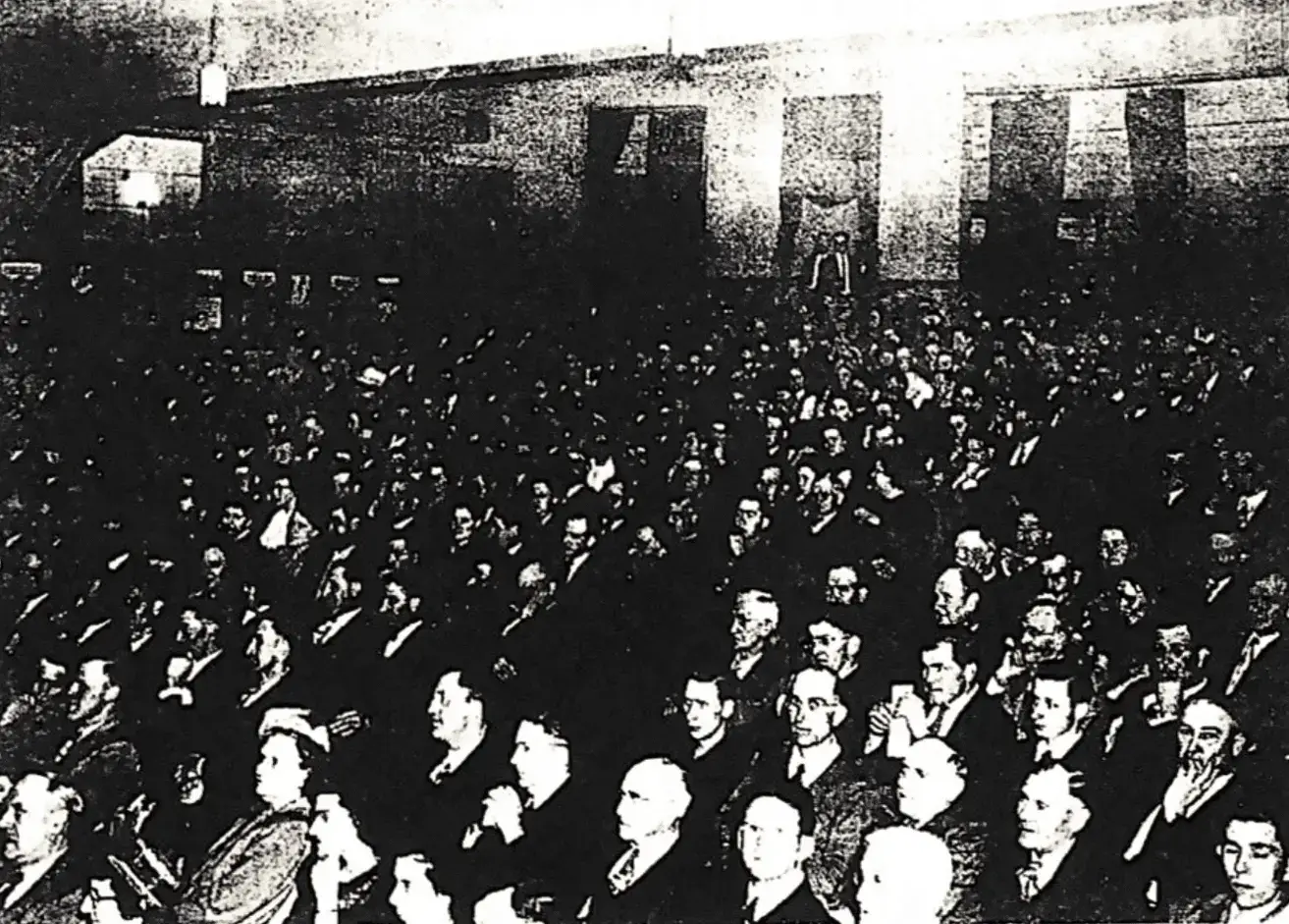About Us
- The Miner's Theatre is associated with the City's first most important industry, mining. The first coal mine was sunk in Collinsville in 1857. The town grew with the industry and by 1886 a man could walk underground through connecting tunnels between the mines from one edge of the city limits to the other. Mining and Collinsville were almost synonymous terms.
-
In 1916, a representative of the United Mine Workers of America (U.M.W.A.) Local 264 convinced fellow miners that a union hall and public theatre should be built. The cost of the building was shared by a loan from the U.M.W.A. and the Collinsville union locals. The locals voted a 1% pay deduction to provide their part. The architect for the building was Robert G. Kirsch. -
With World War I ending in November of 1918, the opening of the theatre was much anticipated. On December 28, 1918, at a cost of $138,993.26 ($2.5M in today's dollars), the building was open to the public. The opening ceremonies and parade were well attended not only by the miners' locals, but by hundreds of other residents.
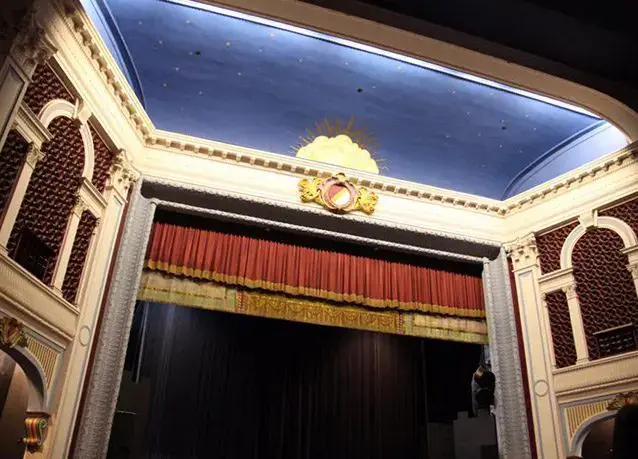
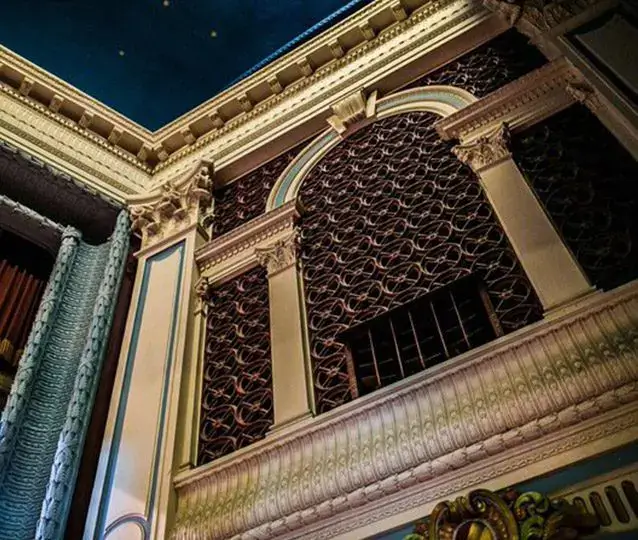
- The theatre brought entertainment to Collinsville of a class not usually seen in cities of its size. The second floor gave a permanent home to the union offices and provided a central meeting place for the mining locals; while the third floor provided a space for weekly dances and gatherings. Through the years, these floors were used by various community groups for social activities and housed a small library, which was the beginning of the present day Collinsville Memorial Public Library.
-
The Miner's Theatre continued to prosper but the mines did not. By 1930 the coal mines had slowly started to close. Restlessness led Collinsville union locals to become members of the Progressive Mine Workers. Since the loans to the U.M.W.A. had long been paid off, the Collinsville Miners owned the building and title was transferred to the P.M.W. Even though mining had died out in Collinsville, the influence of the industry and its people are still felt strongly today. The miners left this building as a lasting reminder of their history. -
Over the years, Miner's hosted High School Graduations, Dairyman's conventions and other such events of the day, in addition to the occasional movies being shown in the auditorium. Built in the "vaudeville" style, the auditorium hosted several traveling troupes as well.
- In 1969 the building was sold to Bloomer Amusement Co. and used as a movie house until it closed its doors in 1984. A group of local citizens dedicated to the historic structure's preservation formed the Miner's Institute Foundation, took ownership, and operated the Institute as a theatre and community center until 2008. Collinsville residents have many fond memories of attending plays, movies, concerts, dances, graduations, pageants, conventions and other such events in the theatre.
-
Over the years the building has served as a cornerstone for the city. The first of its many roles was as a hospital during the Spanish Influenza epidemic in December 1918, postponing the grand opening. Another key role for the building was housing Collinsville's first library. -
The need to preserve this remarkable structure of such historic and cultural importance is clear and evidenced by it being placed on the National Register of Historic Places in 1985, being named a Collinsville Progress Historic Landmark in 1993, and finally named a City Collinsville Historic Landmark in 2013.
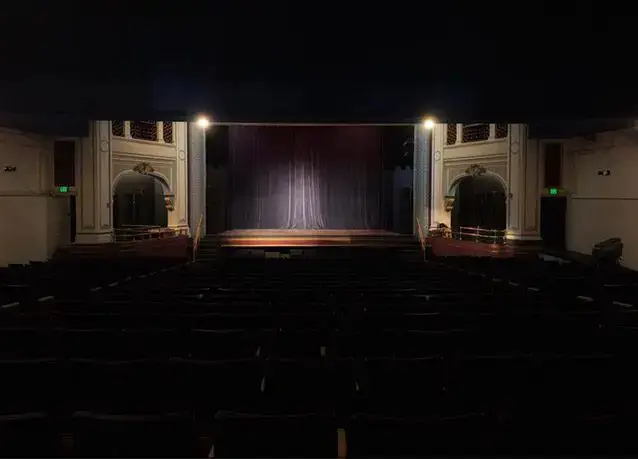
A Brief History of the Miner's Institute Building:
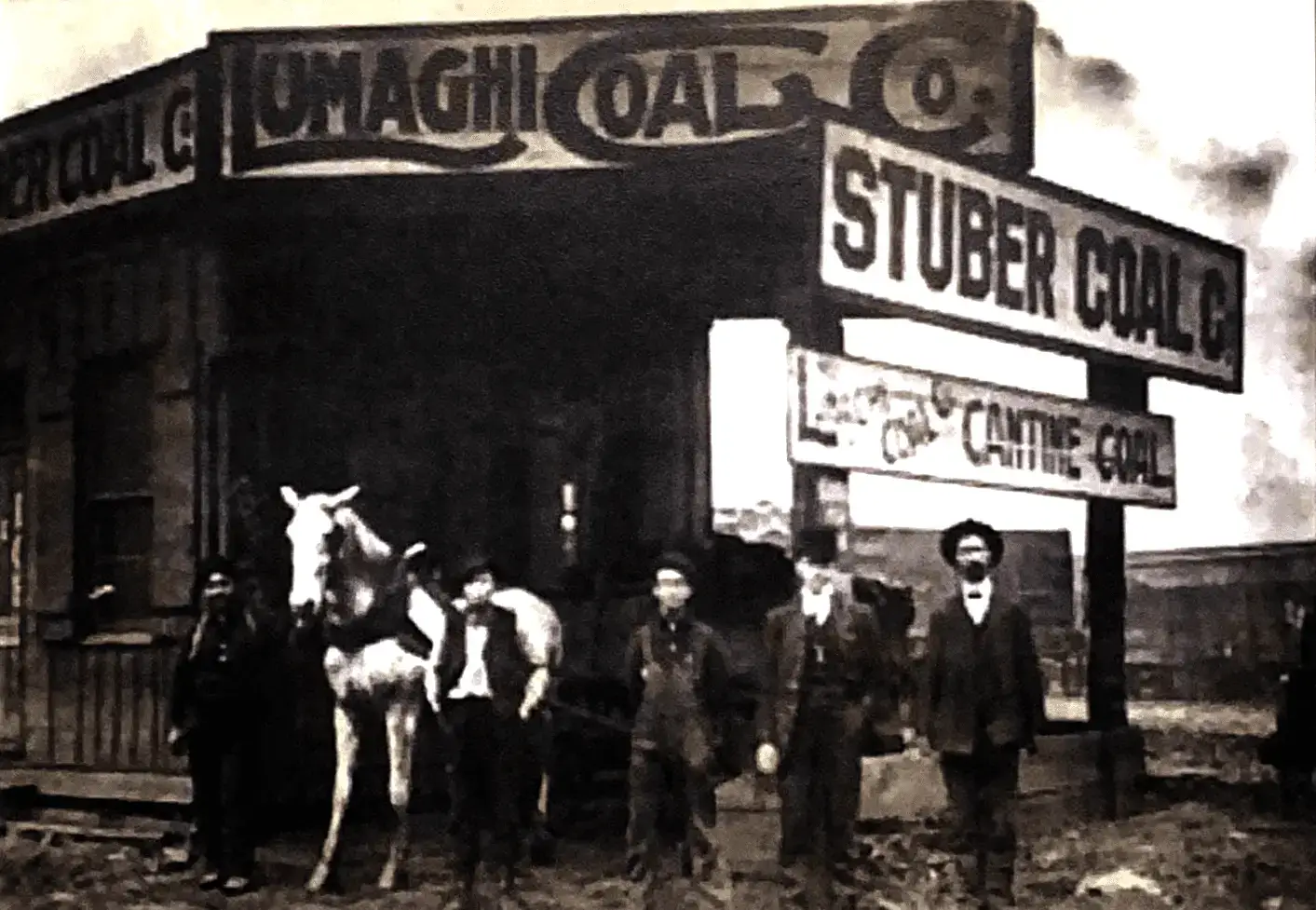
- October 12, 1917 - Cornerstone laid.
- December 14-15, 1918 - Scheduled Grand Opening postponed due to Spanish influenza epidemic.
- December 28-29, 1918 - Grand opening of the Miner's Theatre in the Miner's Institute Building.
- December 31, 1918 - First motion pictures shown in the theatre:
- Fatty Arbuckle in the "The Sheriff"
- Mary Pickford in "Johanna Enlists"
- April 1, 1925 - Burning of the mortgage ceremony.
- April 1925 - United Mine Workers of America contract expires; miners begin to leave U.M.W.A. for Progressive Mine Workers Union.
- August 30, 1935 - 2 rows of seating are equipped with headphones for the hearing impaired.
- 1964 - Lumaghi Mine No.4 closes, spelling the end of coal mining as an industry in Collinsville.
- 1969 - Bloomer Entertainment purchases the building from the few remaining miners.
- August 1985 - theatre placed on the National Register of Historic Places.
- 1988 - Miner's Institute Foundation (MIF) is founded and purchases the building.
- July 28, 1993 - Historic Landmark Award presented by the Collinsville Historic Preservation Committee.
- 2008 - Collinsville Area Recreation District (CARD) acquires the building from MIF.
- 2013 - CARD deeds property back to MIF.
- Presently - Miners Institute Foundation has successfully re-opened Miners Theatre!! Please check out our upcoming events and contact us if you are interested in getting involved or having an event.
